Western Digital VelociRaptor Review
Western Digital VelociRaptor
The latest in Western Digital's Raptor line of performance hard drives, can the VelociRaptor hold off the competition from SSDs?
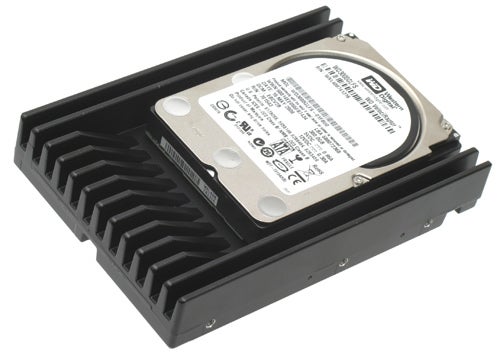
Verdict
Key Specifications
- Review Price: £181.66
Western Digital’s (WD) Raptor line of performance hard drives are the stuff of legend. They combine the high spindle speed and performance of more expensive server hard drives with the cheap, simple, and consumer centric SATA connection of home user systems in a combination that enthusiasts have lapped up. The first drives were a revelation at the time of their release and they still have a dedicated fan base to this day. Quite simply, if speed rather than capacity was your motivating factor, and you didn’t want to get into the expensive and complicated world of SCSI, a Raptor was the way to go.
Now, the only drawback with Raptors has been their capacity, or their lack thereof. The first Raptor was released in 2003 when the largest hard drives were hitting 200GB+. The Raptor WD360, though, was a piffling 37GB. When a revised version, the WD740, was released in 2004 it still only doubled the capacity to 74GB and a further revision, the WD1500 (or Raptor X), in 2006 again doubled this to 150GB – but by this point other hard drives were hitting 500GB+. Now, a further two years on with hard drive capacities reaching over 1TB and SSDs starting to nip at the Raptor’s rapidly aging heels, Western Digital has finally released a new Raptor; the WD3000, or VelociRaptor – a nice name I’m sure you’ll agree. 
The VelociRaptor, then, is the fourth generation of Raptor and looking at the spec sheet you’d be forgiven for thinking it just another minor tweak of previous versions:
Double capacity – Check.
SATA interface – Check.
10,000RPM spindle speed – Check.
Same price as previous model – Check.
However, one quick look at the above picture and you realise that there’s been quite a rethink on WD’s part. No longer is the Raptor a conventional 3.5in hard drive, instead the mechanics are stored inside what looks like a standard 2.5in notebook hard drive chassis with the rest of the VelociRaptor’s bulk being made up of an enormous heat sink. 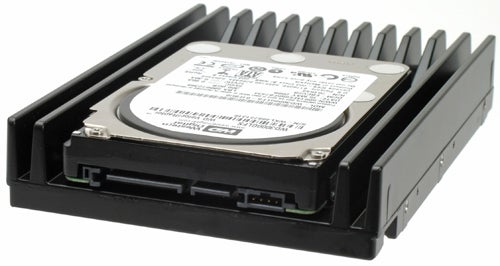
The reason I say, ‘what looks like’ is because the 2.5inch housing is actually thicker than a conventional notebook hard drive, at 15mm. This means you won’t be able to upgrade your existing notebook’s storage but it does leave the option open for OEMs to mount the hard drive in smaller than usual custom chassis – whether they be desktop or notebook.
While for most enthusiast users this change will be of little consequence there is one fundamental problem – the position of the SATA connectors has changed. This means you can’t use the VelociRaptor in conventional 3.5in hotswap hard drive mounts, like those used on servers and some enthusiast cases. The drive itself does at least conform to 2.5in server drive specifications, if you remove the heatsink, so will fit in more modern servers but you should make sure to double check before buying. Also, if you have an external hard drive enclosure, whether 2.5inch or 3.5inch, you’ll likely find the VelociRaptor doesn’t fit, which is a pain if you quickly want to transfer some files.
Obviously the heatsink helps cooling in so much as it draws heat away from the hard drive itself but it also reduces in-case temperatures further because it has a reduced cross-sectional area that allows more air to flow around the hard drive. If you have a number of hard drives crammed next to each other in your case, you should notice quite a difference in temperature over the previous Raptors, or indeed any conventional 3.5in drive. Indeed, in an open air environment, the VelociRaptor is subjectively one of the coolest drives we’ve tested.
Incidentally it can also be used without the heatsink but this isn’t something we tried. Obviously if you do, it will make the drive run hotter and, more importantly, removing it will void WD’s 5-year warranty so I’d leave the tinkering to OEMs.
As well as being relatively cool, the VelociRaptor is also surprisingly quiet. We’re sure it’s not the quietest drive on the market but it sounds positively whisper-like next to the Raptor X. 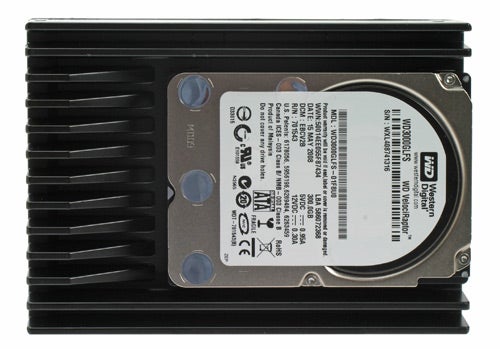
Another under the bonnet tweak the VelociRaptor has received is the move to the new SATA II 3Gb/s interface. This simply doubles the available bandwidth of the existing SATA standard but is completely backwards compatible with the older 1.5Gb/s SATA interface. It’s seldom that hard drives are ever limited by the data connection – the mechanics of the drive itself are much more likely to be the cause of a bottleneck in performance – but the VelociRaptor is one of the few that could be so it was a no-brainer for WD to make this small upgrade.
We tested the performance of the drive in the same way we did for our last data drive review, which happened to be the ultra fast 64GB OCZ SATA II SSD. We’ve compared to this, an old 150GB Raptor X, and, right at the other end of the scale, the Hitachi 7K1000, a 1,000GB conventional hard drive.
We started our testing by adding the unformatted drives to our test bed then running the read test portion of HDTune. This program comprehensively tests performance of the entire disk and returns a clear and easy to read graph that pretty much sums up everything you could possibly need to know about the raw speed of a drive. 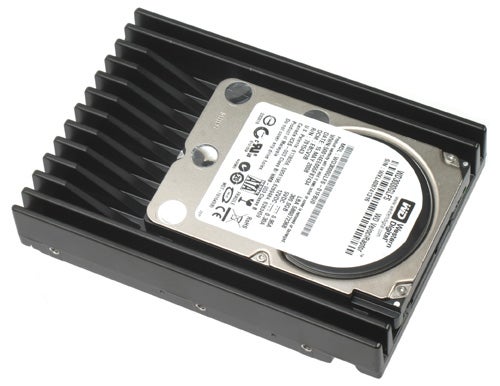
Next, we loaded an identical installation of Windows onto each drive. We then test the boot, reboot, and shutdown speeds of the system with each drive installed. Following this we ran the HDD portion of the PCMark Vantage test suite. This runs a whole host of simulated hard drive tests including Windows Vista booting, video editing using Windows Movie Maker, and importing music into Windows Media Player. At the end it returns an overall score but also breaks down the results into individual scores – we’ve reported both.
Finally, we timed how long it took to complete a run through of our Crysis timedemo. We run through the demo just once and turn all graphics details to low with resolution set to 800×600 to ensure the graphics card isn’t a bottleneck. This way we can ensure as much as possible of the test is spent loading the game into memory and taxing the hard drive.
Looking at the HDTune results, it’s quite clear the VelociRaptor is the fastest hard drive on test, which by inference makes it the fastest SATA hard drive you can buy. Also, if you look at read speed it comfortably beats the OCZ SSD as well. Obviously the SSD has much faster access times, so will be able to access small files quicker, but for most everyday use the VelociRaptor should prove faster.
As we’ve found previously, PCMark seems to favour SSDs over hard drives, giving them seemingly overzealous scores based on their fast access times and this certainly seems to be the case again here. Regardless, though, the VelociRaptor at least showed it is clearly the fastest hard drive on test and it even won a token single victory over the OCZ SSD in the Windows Media Center test.
Things were closer to what we would expect in our manual timing tests. The SSD and VelocRaptor exchange victories ending up with two each in total. On average, the OCZ SSD is probably a tad faster but the difference is negligible.
”’Verdict”’
The Western Digital VelociRaptor is the fastest SATA hard drive on the market and it even surpasses the performance of the fastest SSDs, in some cases. Add to this the fact it has a capacity of 300GB and costs only £150 and we can’t recommend it highly enough. The Raptor line is still the ultimate enthusiast hard drive.
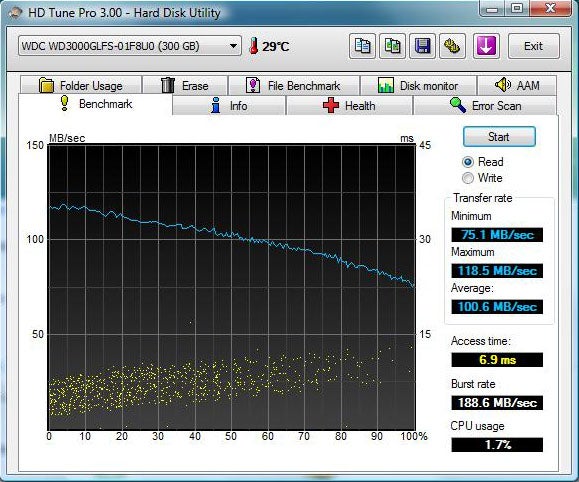
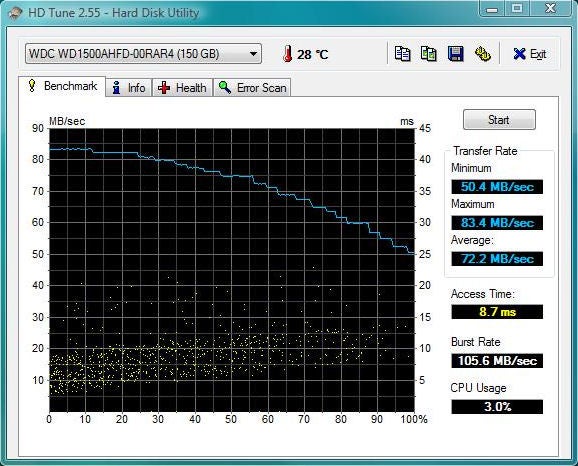
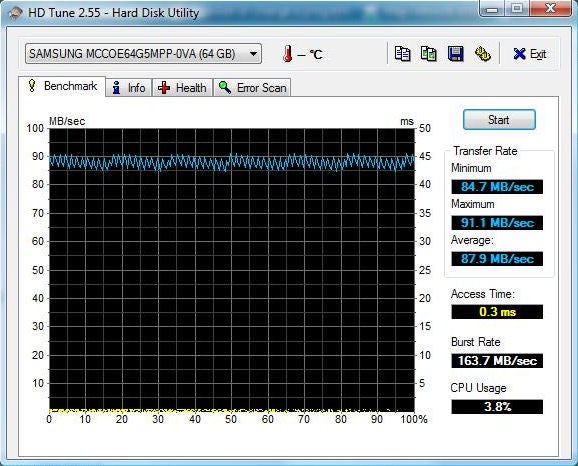
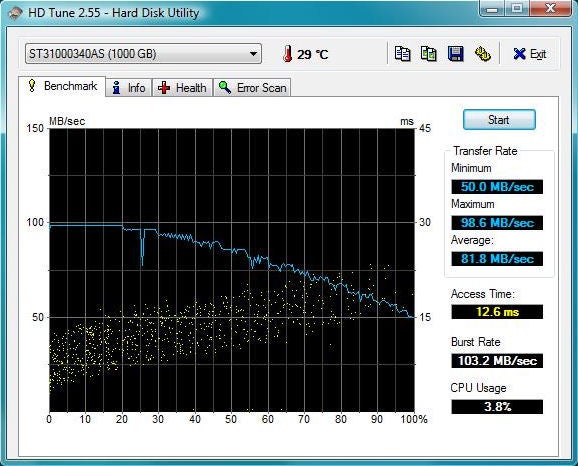
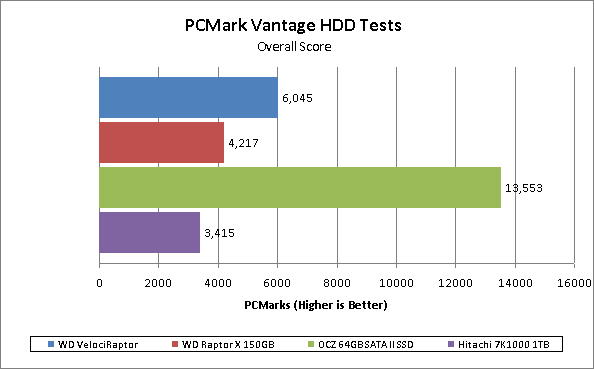
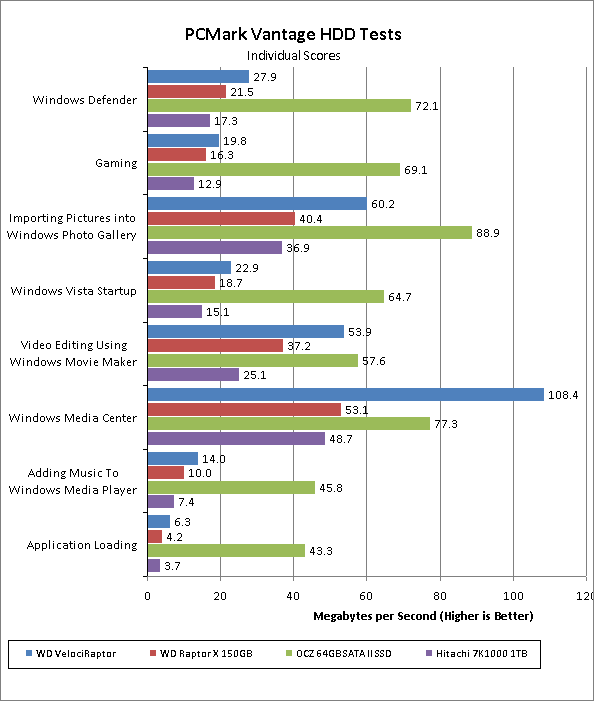
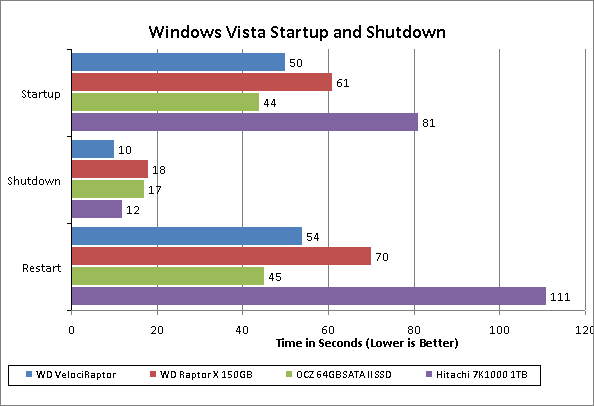
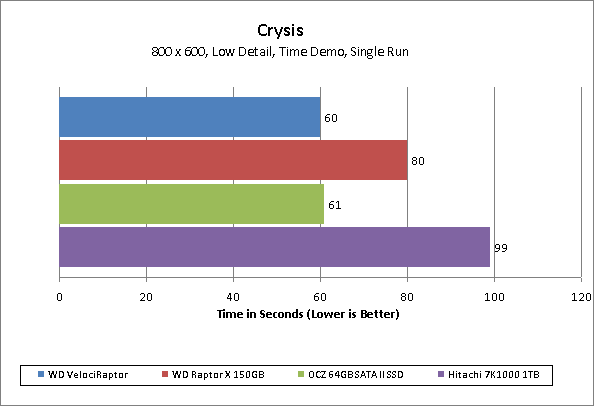
Trusted Score
Score in detail
-
Value 8
-
Features 9

